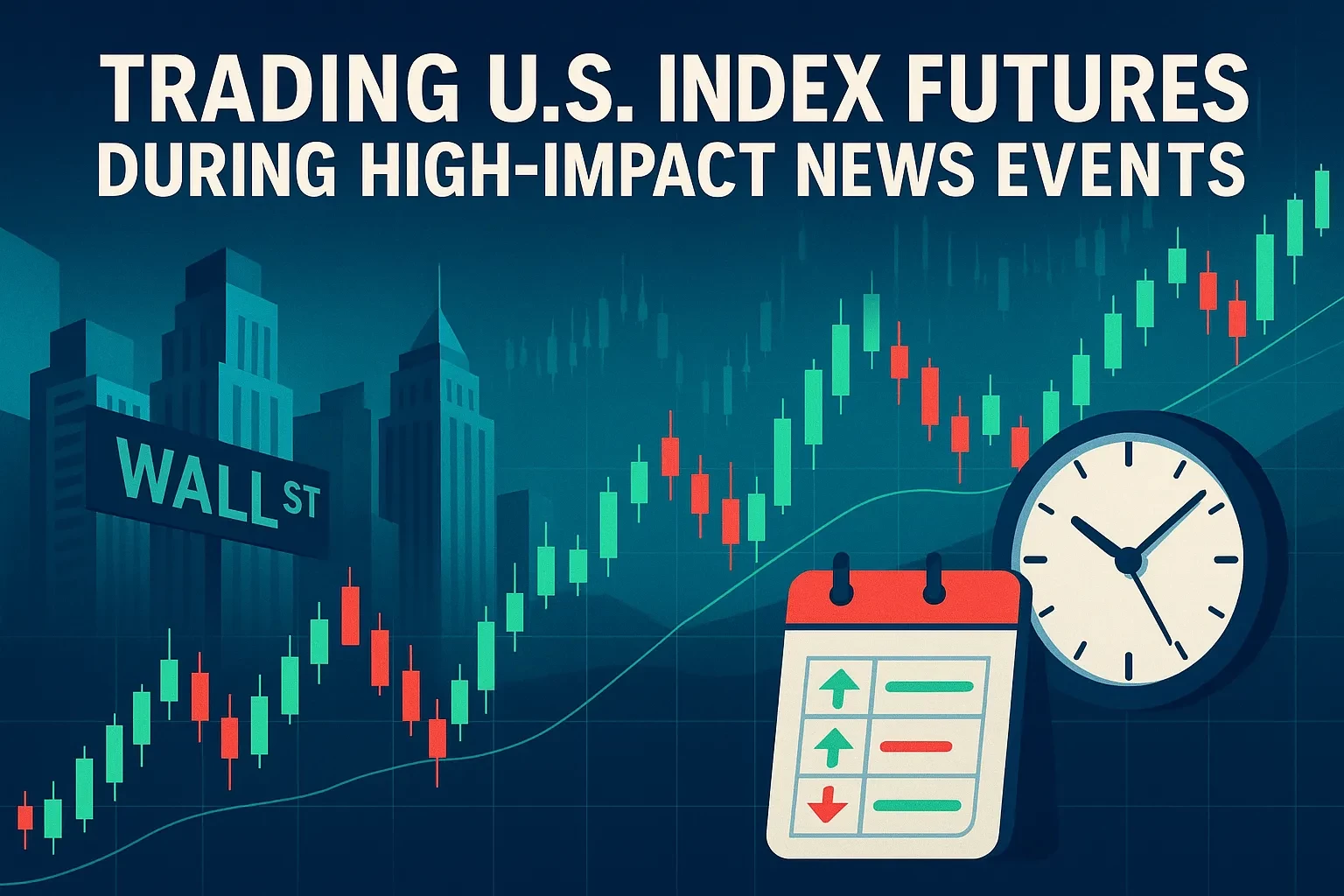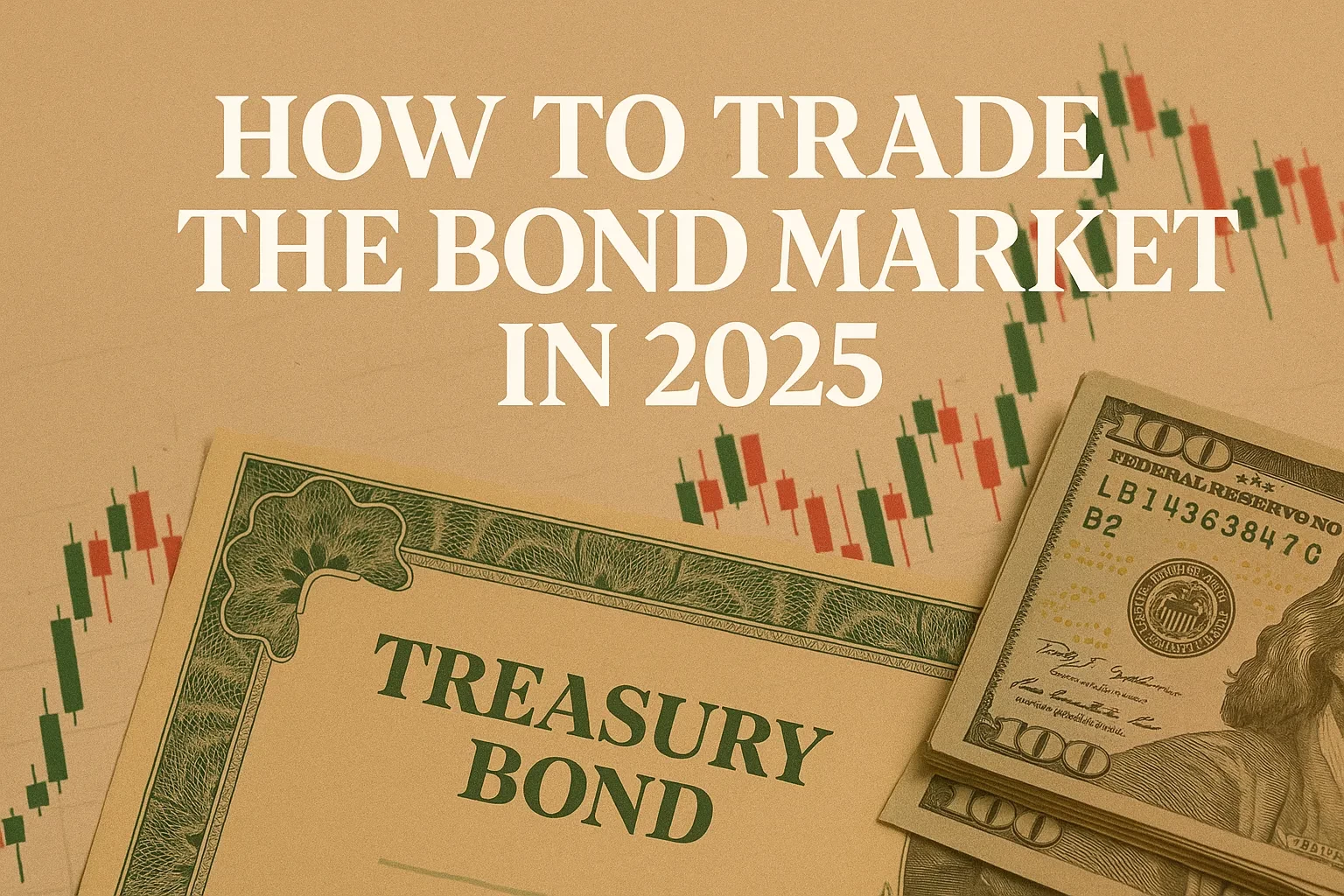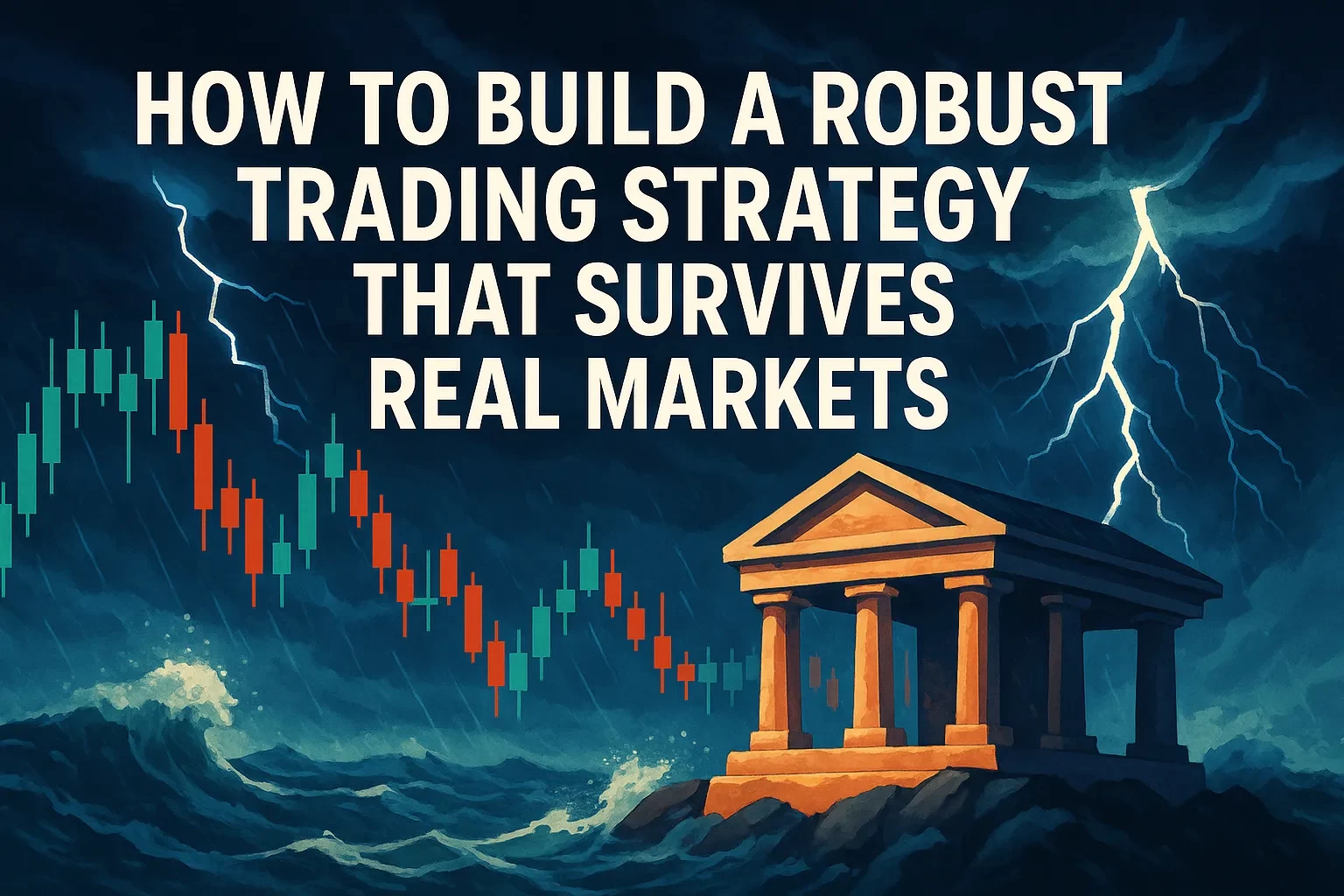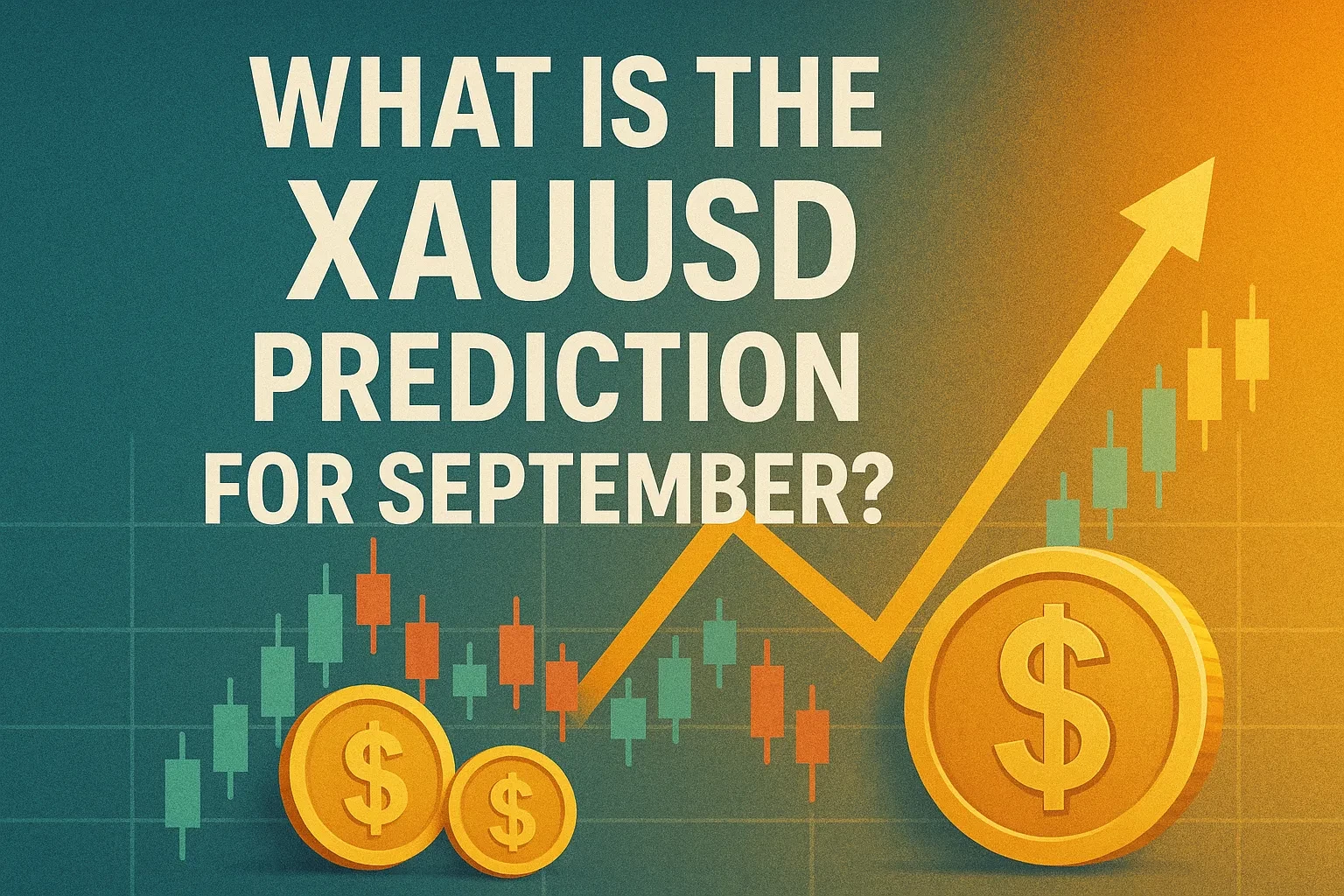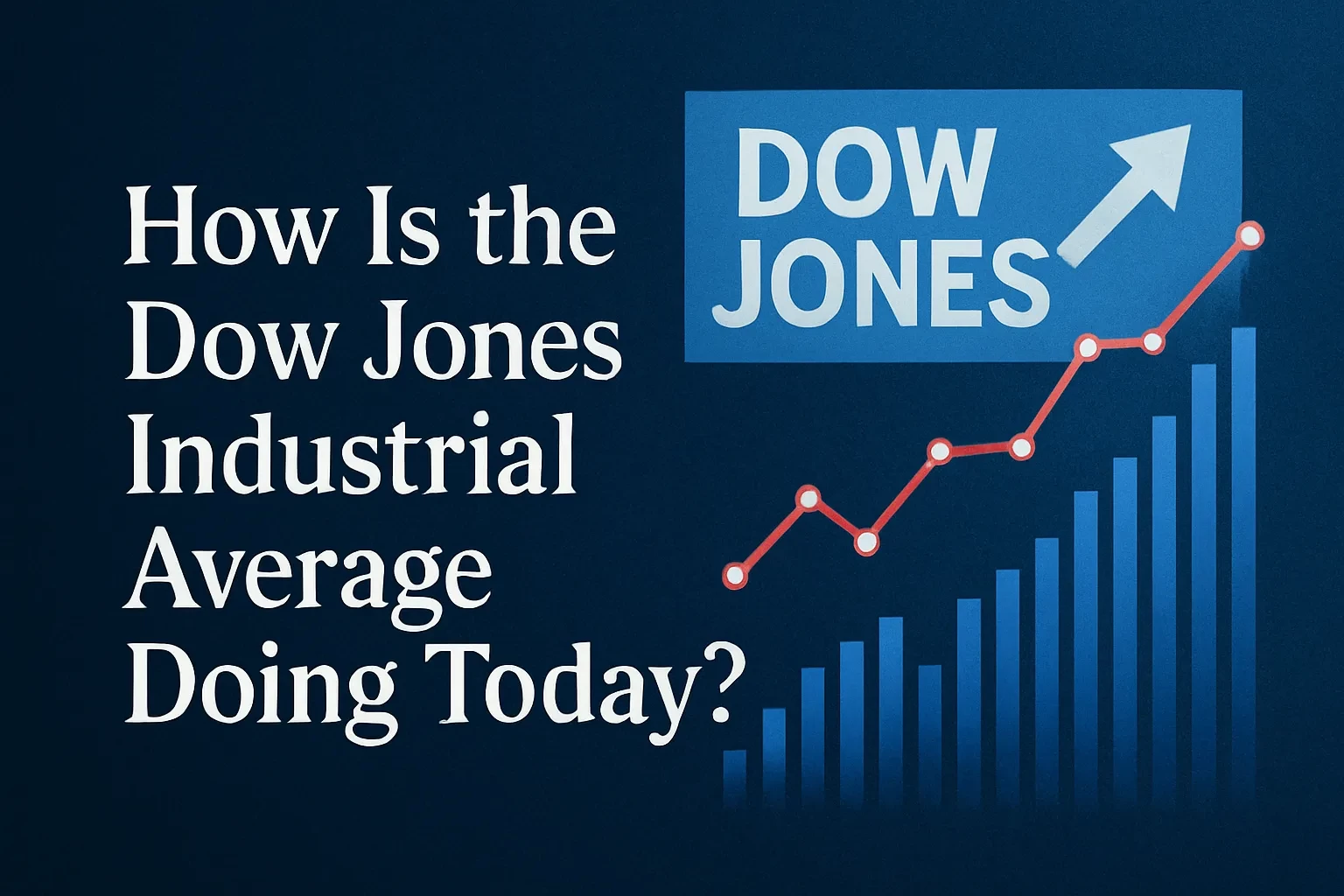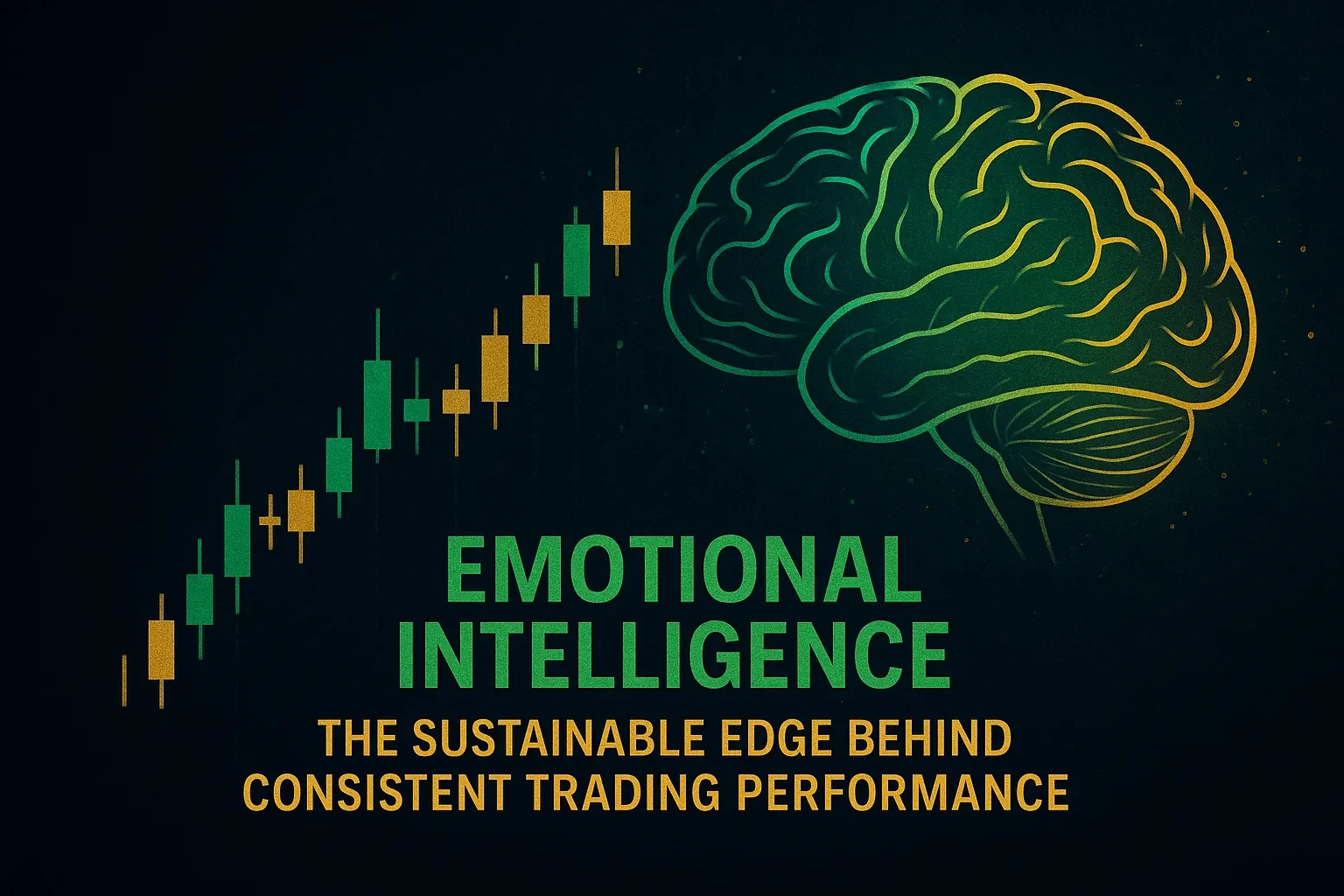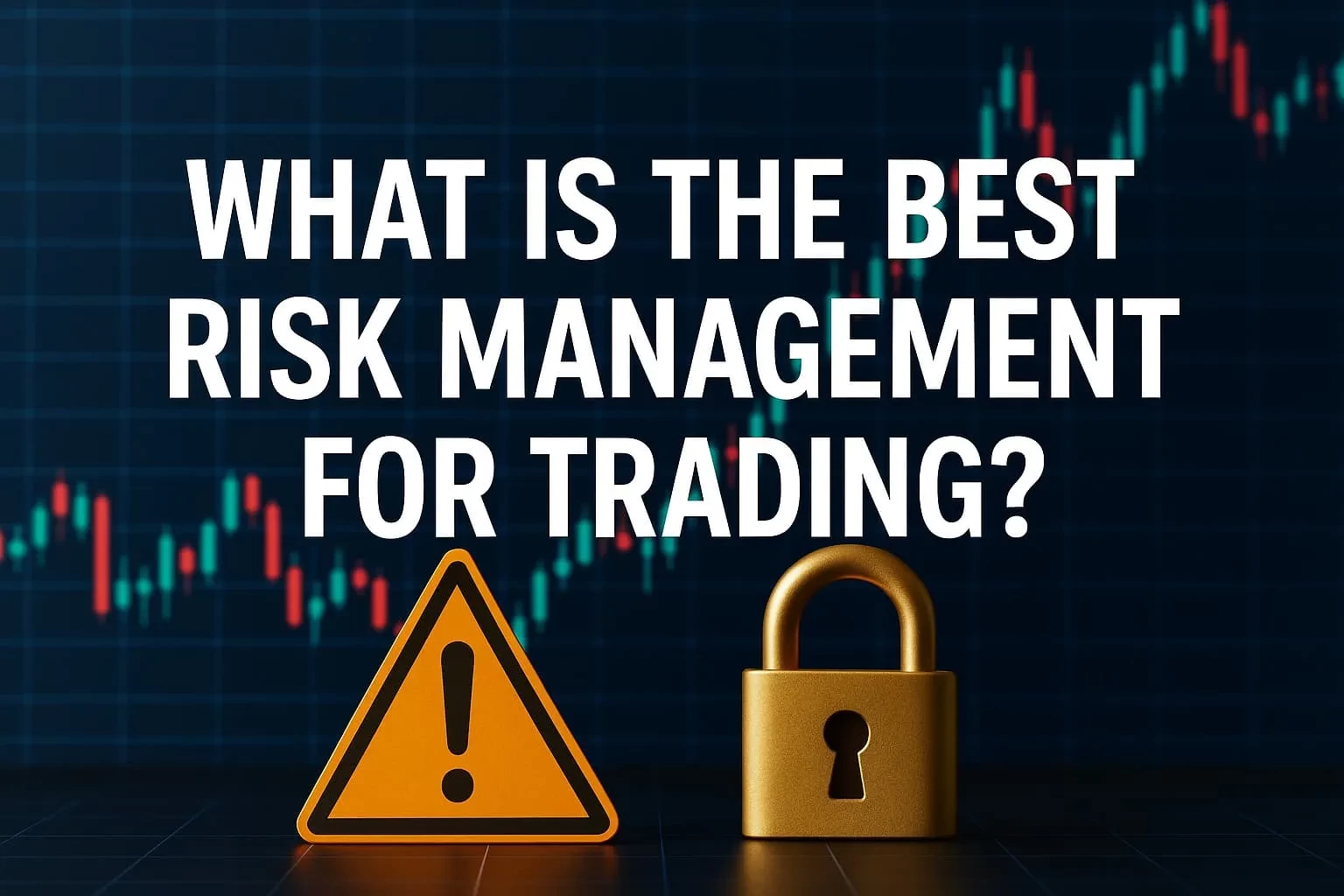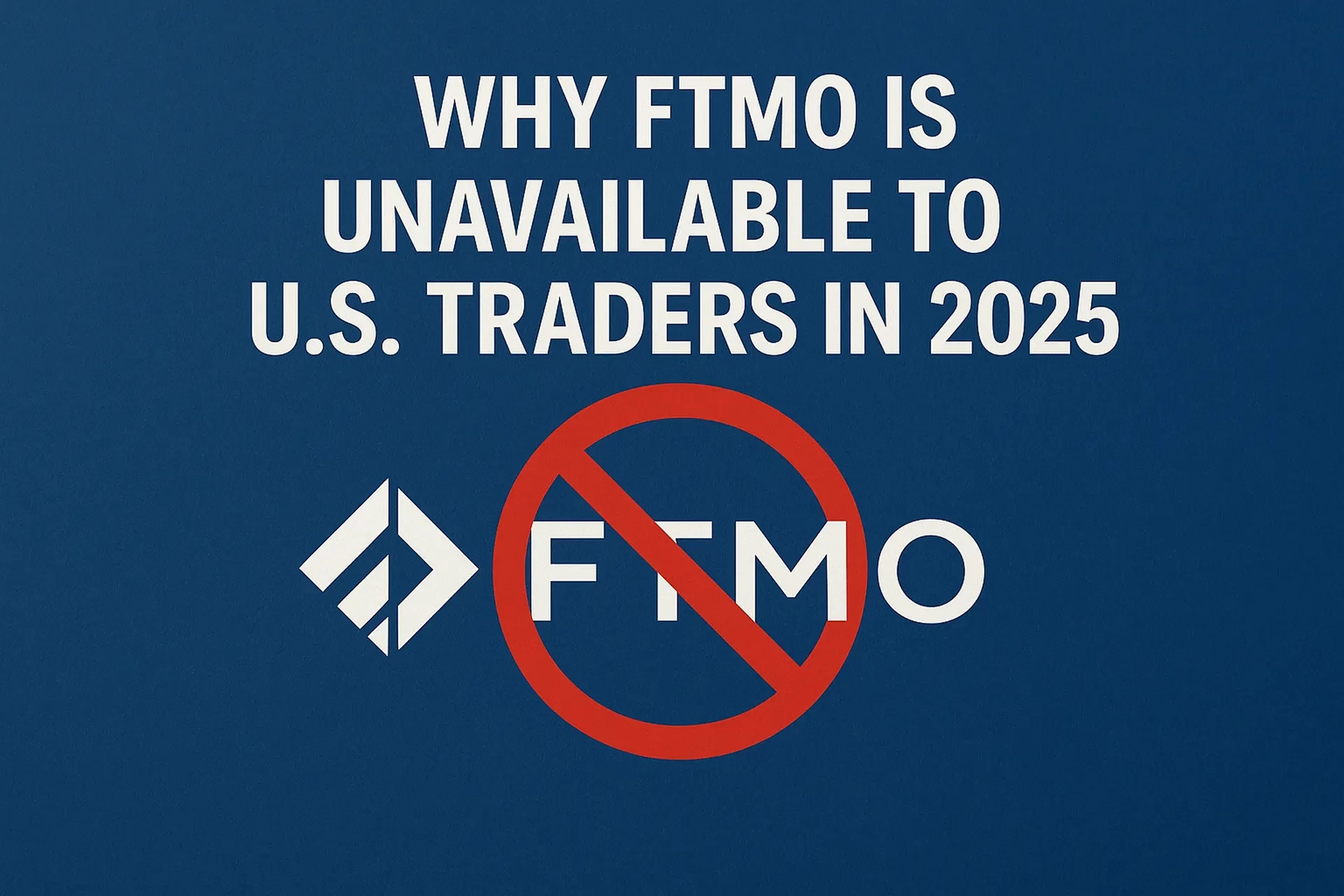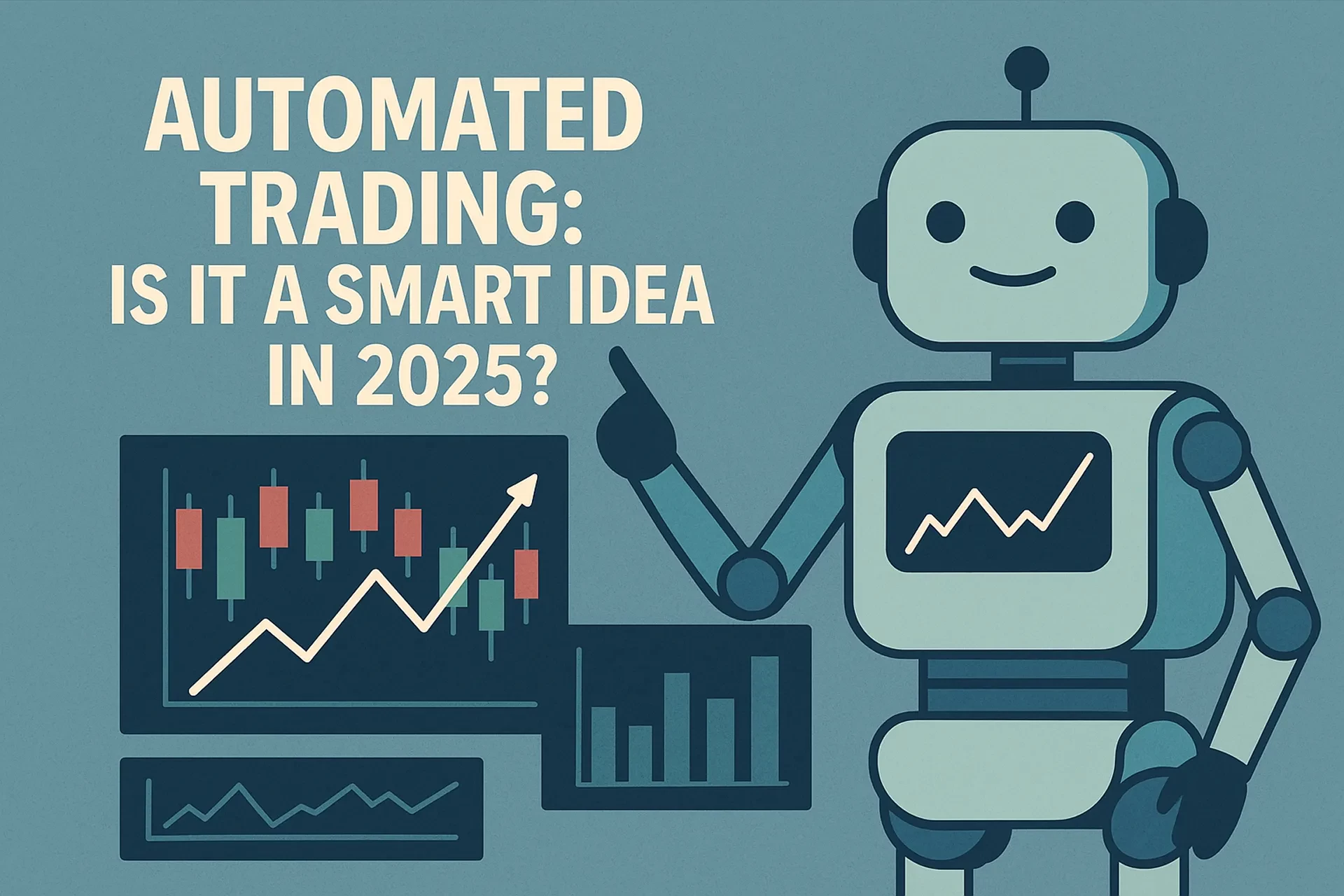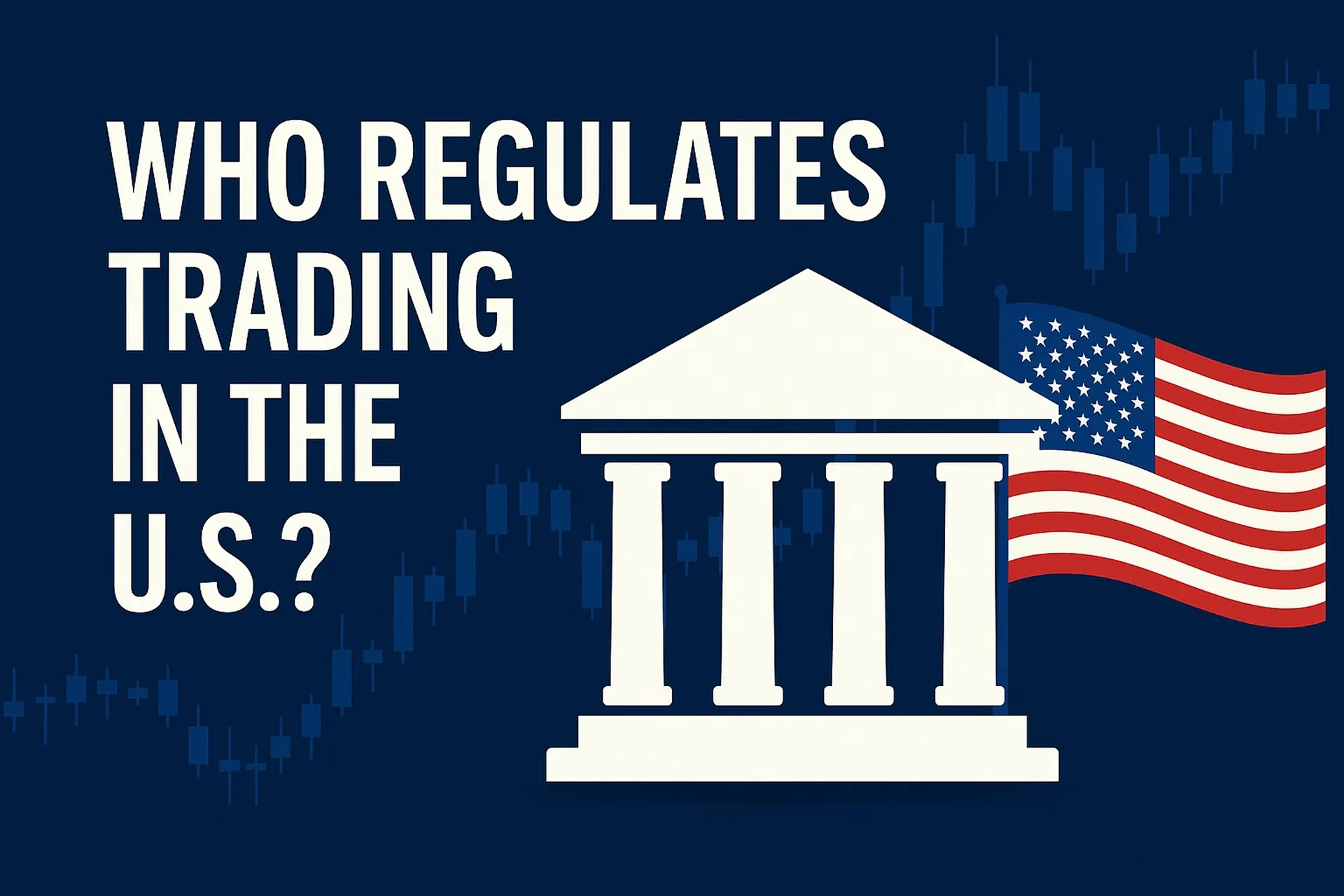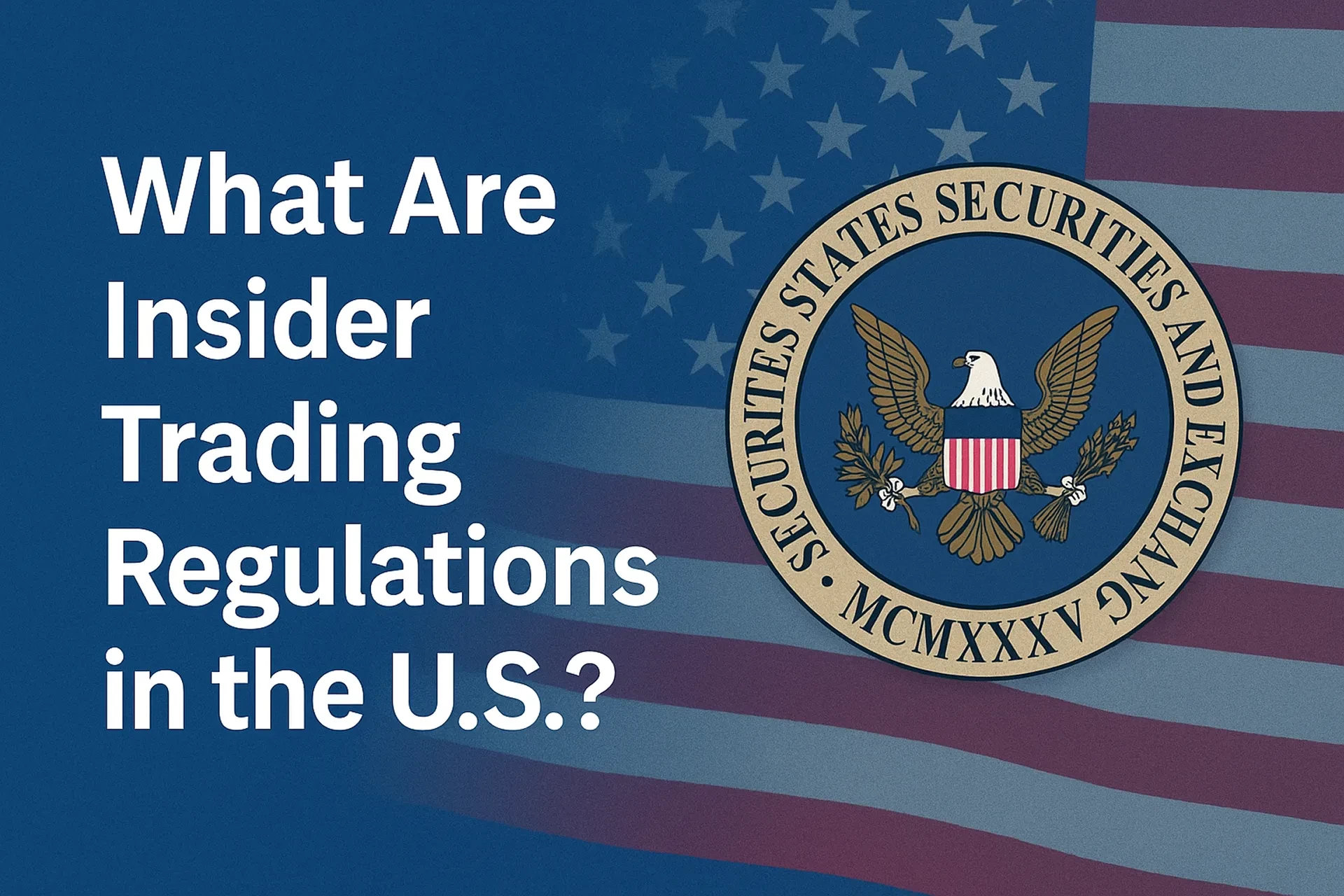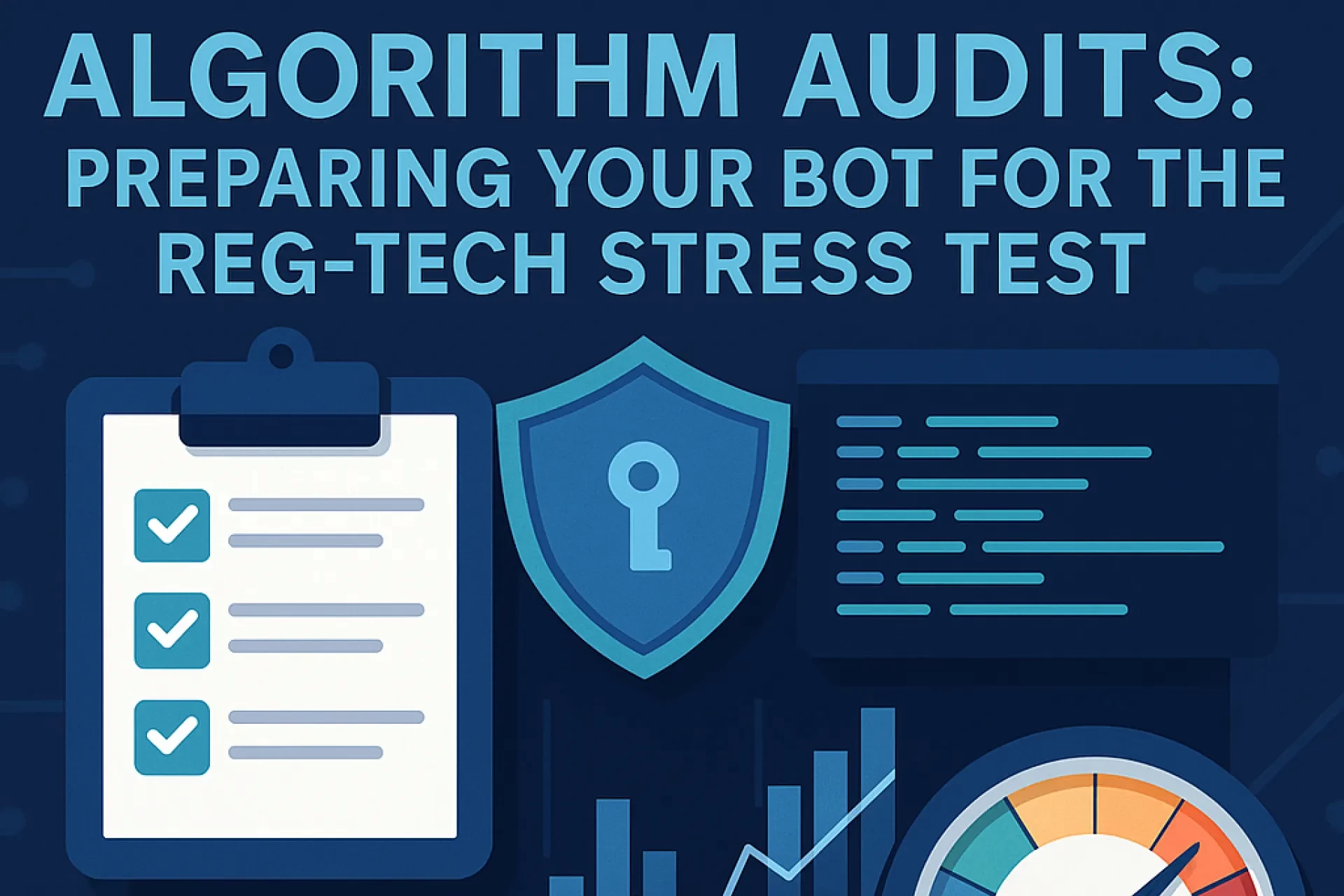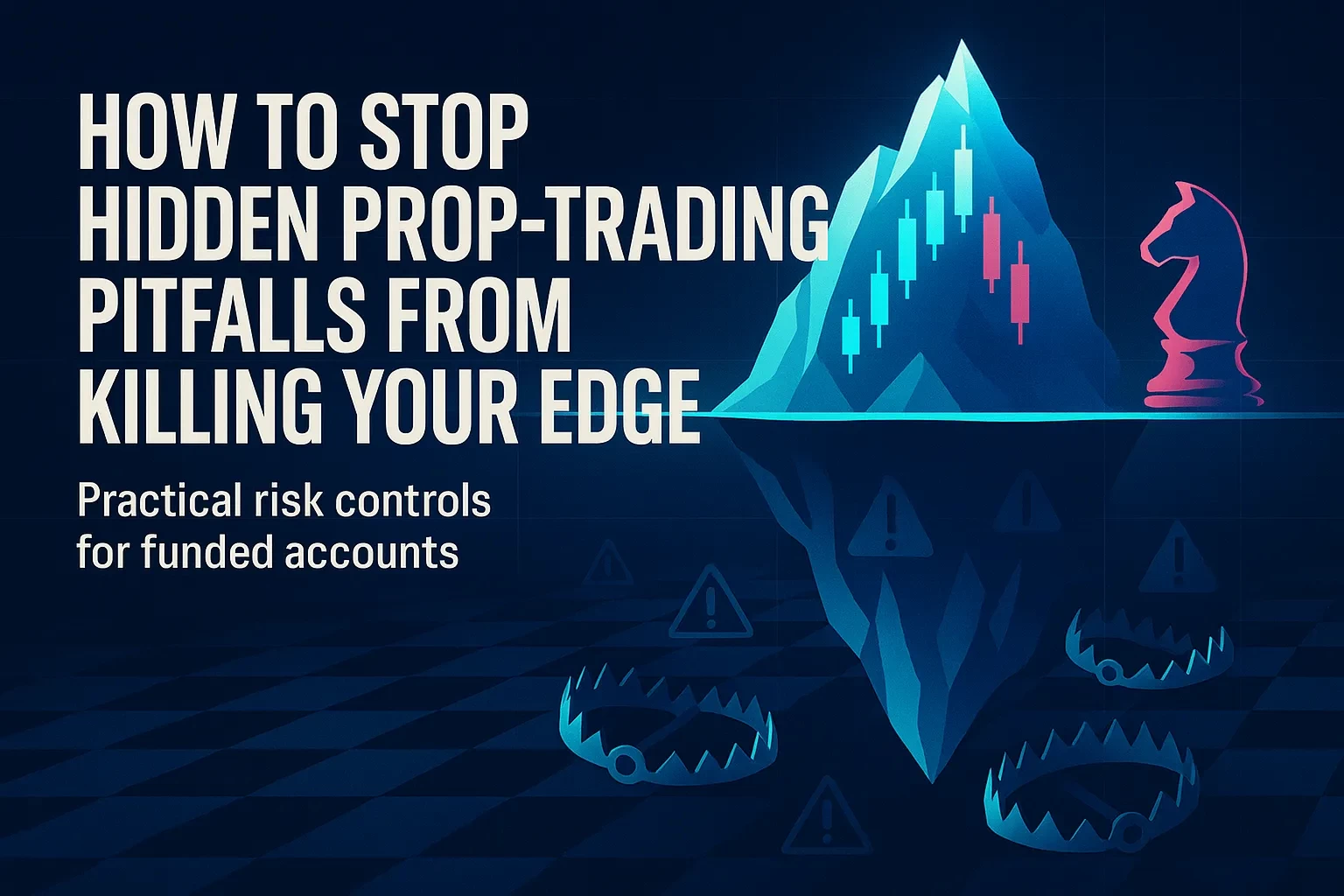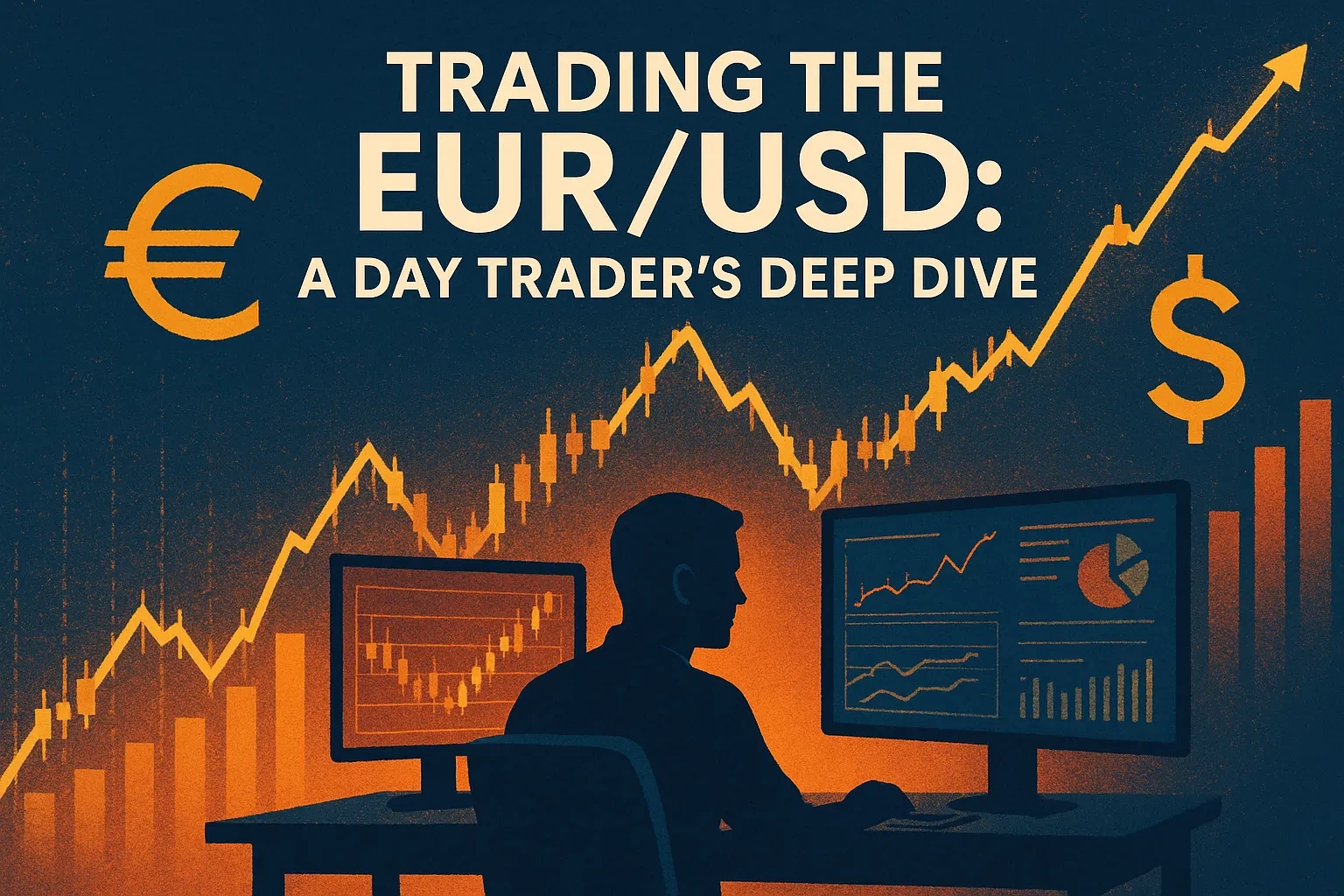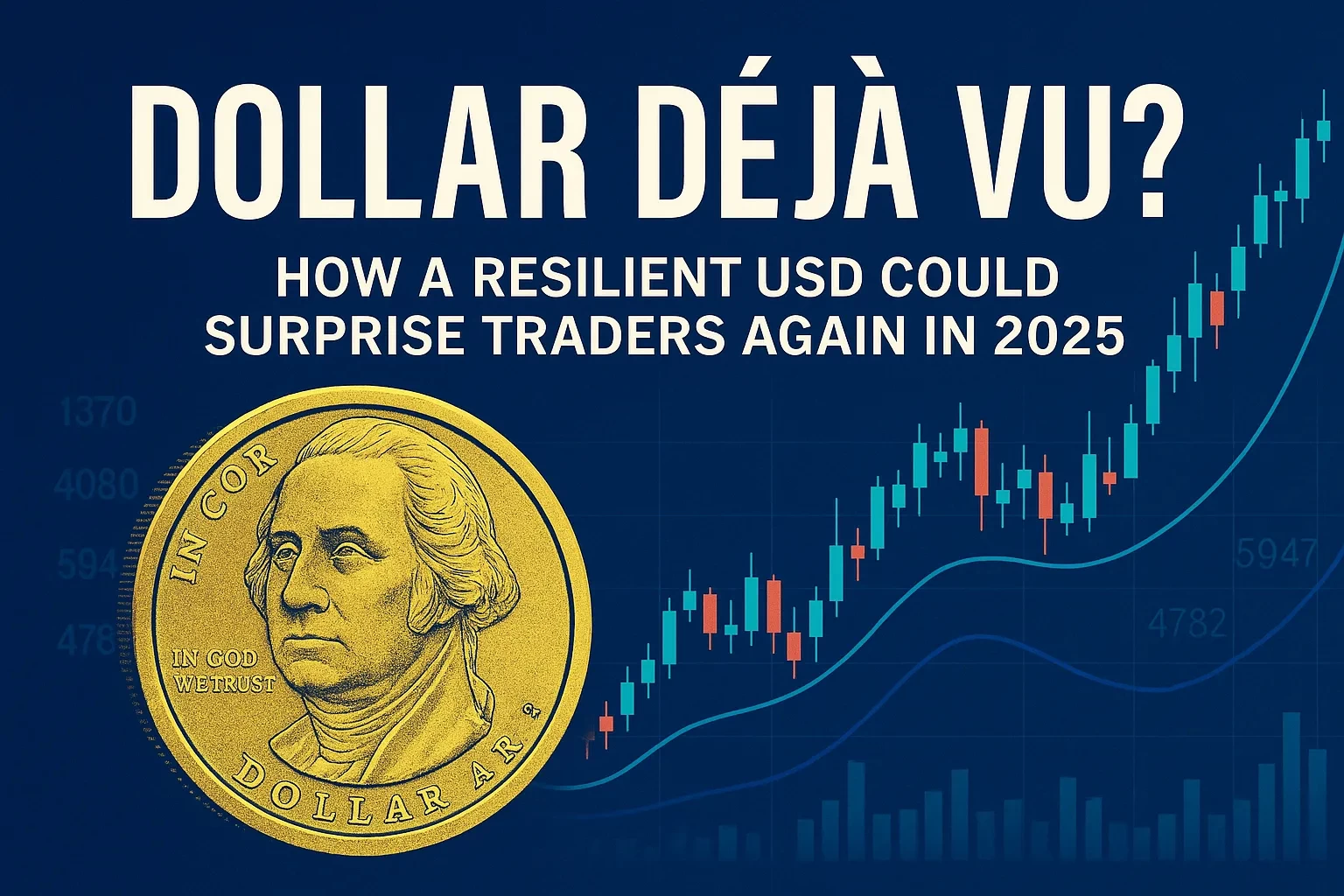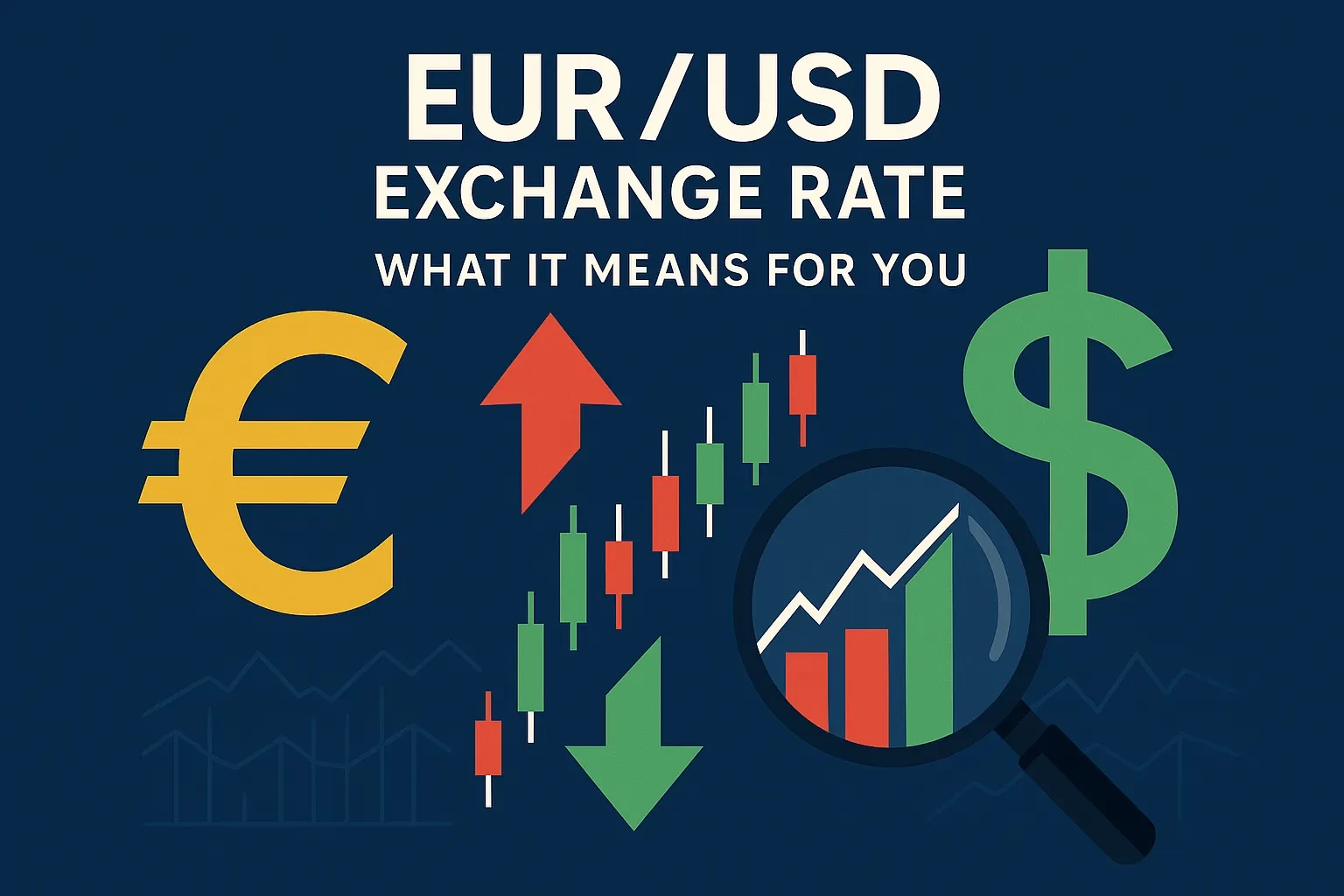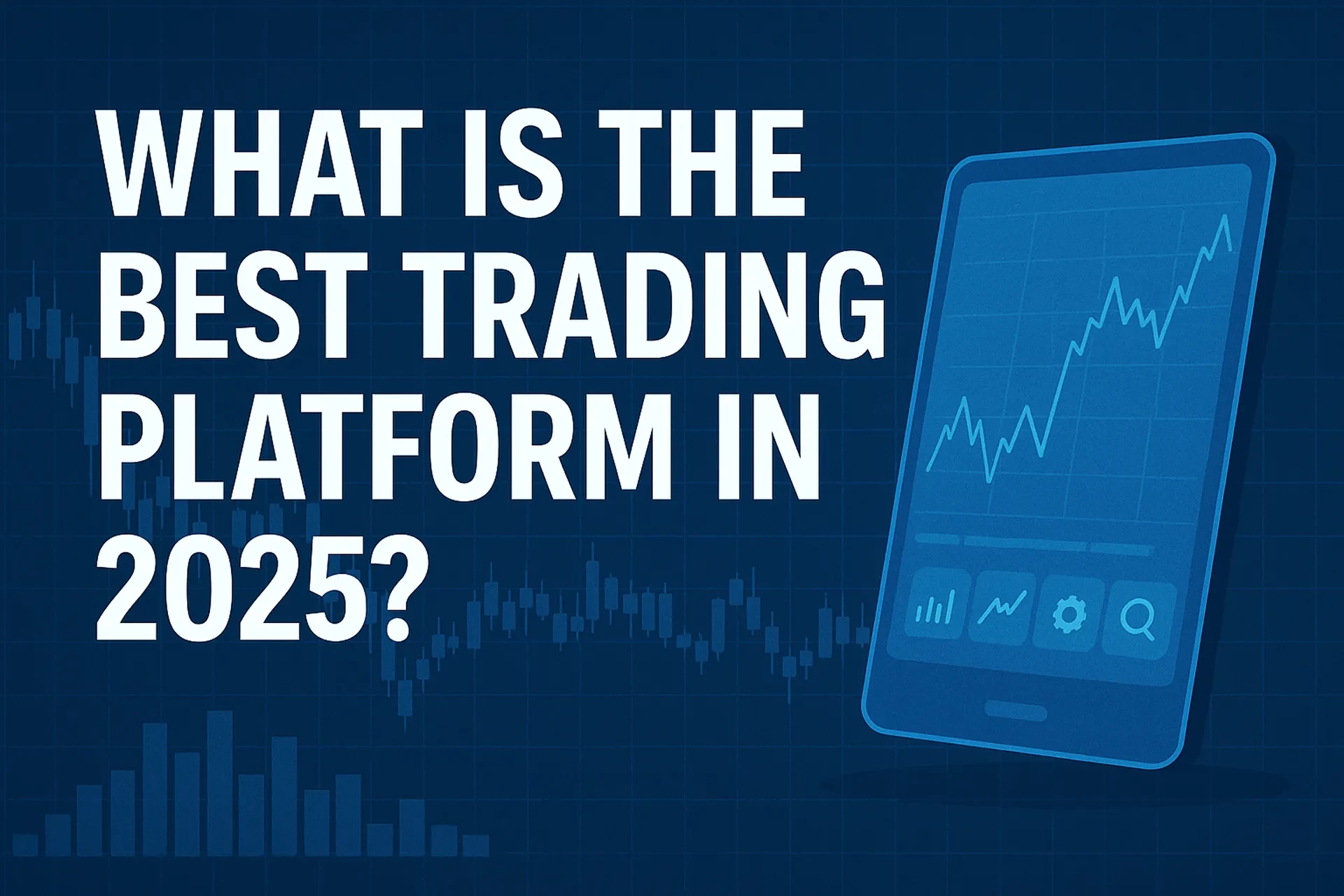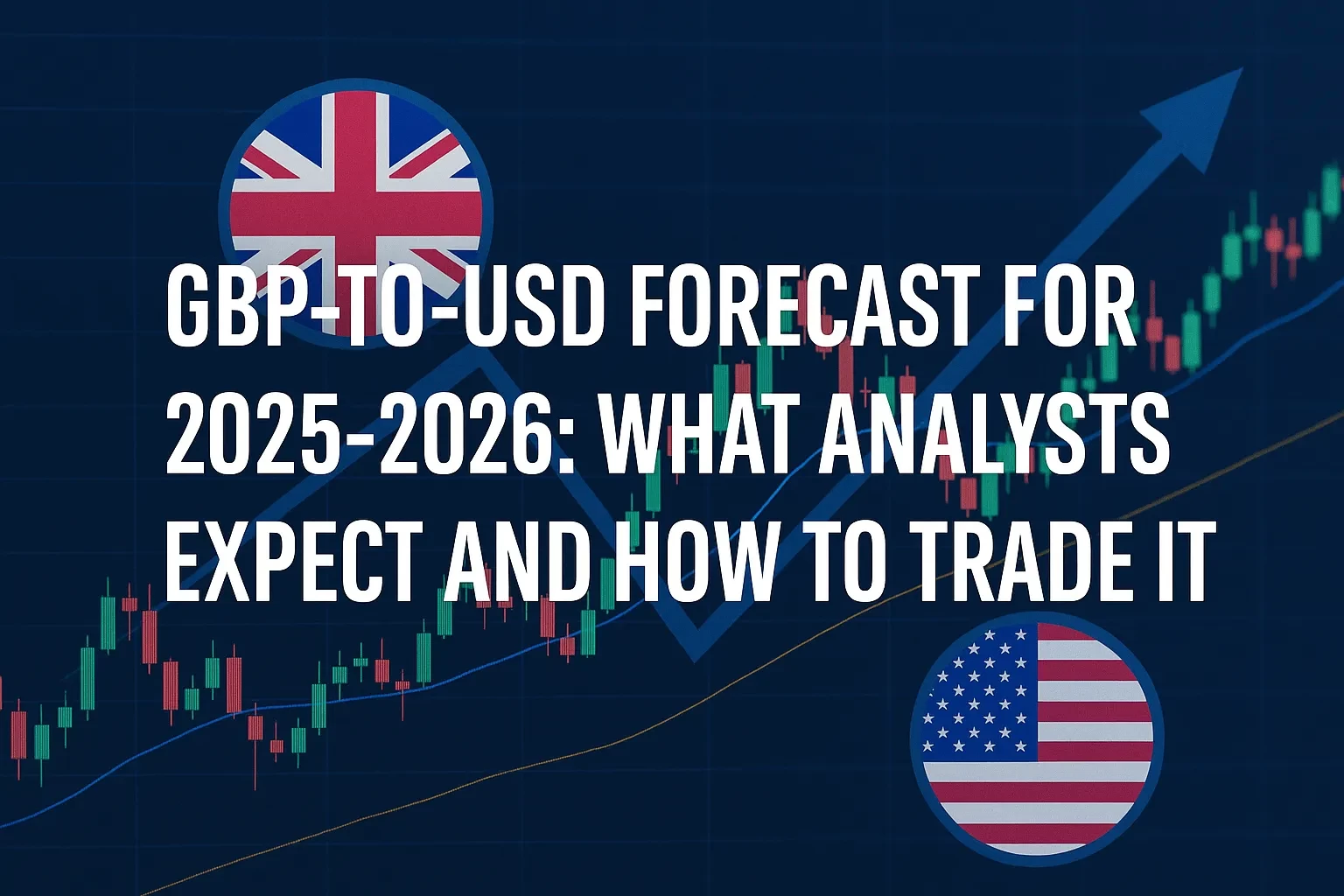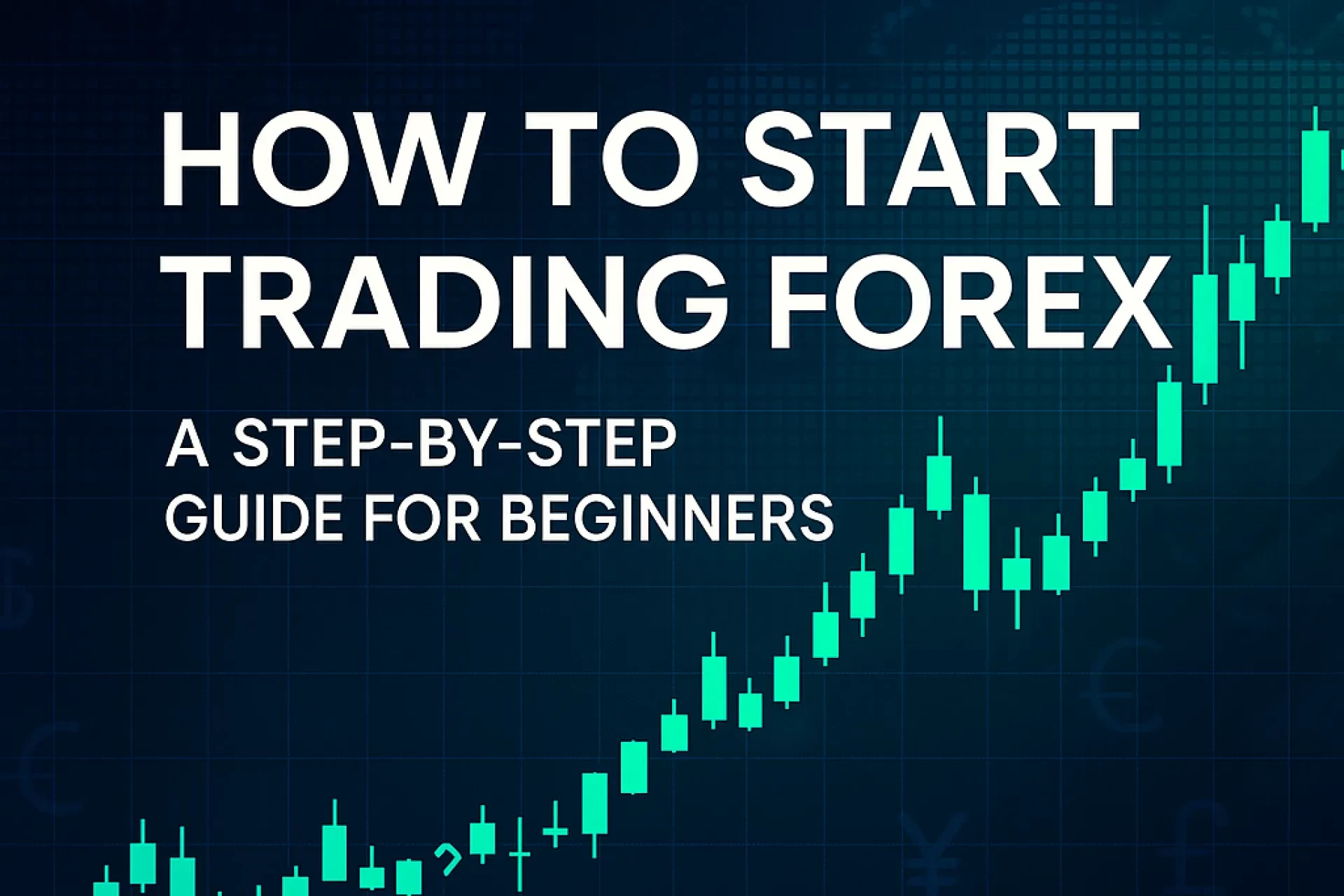Answer up front: To build a portfolio that can survive “5-sigma” shocks—rare, extreme market moves—you need to (1) cap your maximum loss in advance, (2) pre-fund liquidity for margin calls and redemptions, (3) diversify across independent risk drivers (not just assets), and (4) bolt on explicit crash insurance where it’s cheapest and most reliable to hold. In practice, that means a repeatable playbook: scenario design → limits → liquidity stack → hedges → drill. (Federal Reserve stress-test practices and recent global policy work provide templates you can adapt to personal portfolios.)
Disclosure: If you click on a product link we recommend, we may earn a commission at no extra cost to you. We only recommend tools we’d use ourselves.
Plain-English risk note: Investing involves risk, including the loss of principal. There are no guaranteed returns, and hedges can fail or be costly. Evaluate strategies in a paper account first and consult a fiduciary adviser where appropriate. (CFTC/SEC investor education emphasizes that “there is no such thing as guaranteed high returns.”)
Table of Contents
Why this matters now
If you’ve watched markets for a decade, you know most days are quiet—and a few are unforgettable. Shocks propagate faster through today’s market plumbing: high leverage outside banks, social-media-amplified runs, margin call spirals, and crowded basis trades. Regulators’ 2024–2025 work repeatedly warns that liquidity vanishes just when you need it, and that non-banks (funds, family offices, levered traders) can transmit stress into prices you hold. That’s why the Federal Reserve’s 2025 supervisory scenarios baked in harsh private-market and credit conditions—and large U.S. banks still had capital to absorb >$550B in losses. Retail investors can adapt that mindset: assume severe, sudden stress and plan your liquidity and risk limits accordingly.
Definitions & context (no jargon left unexplained)
• 5-sigma event: In a normal bell curve, an outcome ~5 standard deviations from the mean is extraordinarily rare. Real markets aren’t perfectly normal; tails are fatter, so “5-sigma” is a shorthand for extreme. Don’t fixate on the math—focus on what breaks when prices gap and liquidity dries up.
• Liquidity stack: The cash and cash-like instruments you can actually use in stress, ranked by how fast and at what haircut you can access them.
• Independent risk drivers: Economic forces that don’t move together (e.g., policy rates, inflation surprises, equity risk, credit spreads, commodity shocks, FX regime shifts).
• Crash insurance: Positions that typically gain when the rest of your portfolio suffers (e.g., long Treasuries in hard recession, long convexity options, tail-risk ETFs or managed futures in trending selloffs).
• Supervisory stress testing: The Federal Reserve’s practice of projecting bank losses under “severely adverse” paths and checking capital adequacy; the same idea works for households and RIAs at smaller scale.
A practical 5-step playbook you can run this weekend
1) Design three stress scenarios you actually fear (then add a curveball)
Create narratives, not just percentages. Keep it real and brief—two lines each:
• Rates Shock Recession: 10-year Treasury yield falls 150 bps; equities −25%; investment-grade spreads +200 bps; USD strengthens.
• Inflation Re-flare: Oil +40%; 10-year +150 bps; equities −20%; commodities mixed; USD weak.
• Liquidity Crunch / Margin Spiral: Equities −15% in 5 sessions; vol spikes; bid-ask doubles; financing haircuts rise.
• Curveball (left field): Cyber event shuts a major exchange for 24–48 hours; settlement delayed; options markets dislocated. (U.S. regulators highlight cyber and tech-driven risks in 2024–2025 communications.)
Why the narrative format works: It helps you trace second-order effects—funds gating, dealers stepping back, your broker changing margin—issues the FSB and BIS flagged as amplifiers of stress in 2024–2025 reviews.
2) Put hard loss and leverage limits in writing
• Portfolio max drawdown limit: e.g., “Cut risk at −10% from peak; at −7% review.”
• Position stop-outs: Pre-placed alerts (not always market orders) with a checklist for how you’ll reduce.
• Leverage cap: “Gross leverage ≤ 1.3×; derivatives sized so worst-case margin call ≤ X% of liquid reserves.”
• Concentration guardrails: “Single factor ≤ 25% of total VaR,” approximated by scenario P&L if you don’t run VaR.
Banks do this—they must—and you can copy the discipline without the bureaucracy.
3) Build a liquidity stack that survives margin calls
Rank your cash sources by speed and haircut:
• Tier 0 (T-0h): Bank cash / Treasury-only money market funds with same-day liquidity.
• Tier 1 (T-24h): Treasury bills; short-duration government ETFs (understand potential discounts and creation halts).
• Tier 2 (T-72h): Investment-grade bond ETFs; high-quality munis (assume price slippage).
• Tier 3+: Lines of credit / securities-backed lines (treat as nice-to-have, not guaranteed in stress).
Authorities keep pushing non-banks to hold more ready cash and plan for collateral spikes after episodes like March 2020 and 2023’s banking turmoil. Take the hint and hold more “Tier 0–1.”
4) Map independent risk drivers—and diversify across them (not just tickers)
A 60/40 may be two assets but only a couple of drivers (growth, rates). Add slices that respond to different shocks:
• Rates down recession: Long-duration Treasuries.
• Inflation surprise: Energy/commodity exposures sized modestly; value/quality tilt.
• Dollar swing: Small allocation to USD inverse or unhedged foreign equities.
• Trend/carry: A small managed futures sleeve can help in sustained moves (up or down).
• Event convexity: Cheap, out-of-the-money (OTM) options timed around your stress windows.
The point is not perfection; it’s orthogonality—more independent arrows in the quiver so a single shock doesn’t dominate your P&L.
5) Bolt on crash insurance where it’s cheapest to carry
• Recession hedge: Intermediate/long Treasuries sized to cover ~30–50% of your equity beta.
• Gap risk: Periodic OTM put spreads on indexes; accept they bleed in quiet times.
• Liquidity vacuum: A standing rule to buy vol when liquidity metrics worsen (spreads widen, ETFs trade at discounts), if it still prices reasonably.
• Behavioral rule: If a hedge pays, realize part of the gain and recycle; don’t let the hedge morph into a new, concentrated risk.
BIS/FSB work shows liquidity can evaporate even in benchmark markets; plan for roll risk and slippage in your hedges.
Pros, cons & concrete mitigations
Pros
• You cap downside and pre-wire decisions—you’re less likely to panic.
• You turn “left-tail” misery into manageable, pre-funded events.
• Stress drills expose operational weak points (broker, custodian, ETF liquidity).
Cons
• Insurance costs drag returns; some hedges fail.
• Complexity creep: too many moving parts.
• False comfort: backtests may not include your actual constraints (taxes, slippage).
Mitigations
• Keep the hedge budget explicit (e.g., 0.5–1.0%/yr of portfolio).
• Limit the menu to a few “always-on” rules + a quarterly workshop.
• Use supervisory-style scenarios with documented assumptions so you can audit decisions later—the way banks document capital plans.
Mini case study: a $1,000,000 portfolio through a liquidity crunch
Starting mix (illustrative, not advice):
• 55% U.S. equities (broad index + quality tilt)
• 25% U.S. Treasuries (ladder 2–10y)
• 10% Managed futures ETF
• 5% Commodities (broad, energy-tilted)
• 5% Cash / T-bill ETF
Hedge policy: Keep a rolling 1% notional in 3-month 10% OTM index put spreads (defined risk), financed by 0.3%/yr budget + occasional rebalance of winners.
Scenario: “Liquidity Crunch / Margin Spiral” (see Step 1). Assume:
• Equities −15% in five sessions (peak-to-trough).
• Treasury 10y yield +50 bps (rates rise as dealers step back).
• Managed futures +5% (trend down capture).
• Options IV doubles; the put spread goes from near zero to 2% of equity notional.
Back-of-envelope P&L
• Equities: −0.15 × 0.55 = −8.25%
• Treasuries: rough −3% × 0.25 = −0.75%
• Managed futures: +5% × 0.10 = +0.50%
• Commodities: −2% × 0.05 = −0.10%
• Cash: 0 × 0.05 = 0%
• Put spread payoff (capped): +2% × 0.55 = +1.10%
Total: ≈ −7.5% (vs −9.0% unhedged 60/40 proxy).
Action rules triggered: Rebalance 1/3 of the hedge gain into equities; raise Tier-1 cash by 2% by trimming commodities; run a T-account check for additional margin needs.
Takeaway: Small, pre-funded convexity + diversifying sleeves can compress drawdowns and buy you time to act.
One-page risk table you can screenshot
| Shock | Typical portfolio pain point | Low-drama hedge/offset | Operational prep |
|---|---|---|---|
| Deep recession, default cycle | Equities, credit | Treasuries (intermediate/long), quality tilt | Rebalance rules; tax-loss harvest check |
| Inflation re-flare | Bonds, low-margin equities | Energy/commodity tilt; short duration | “Real” liquidity: T-bills; avoid forced sales |
| Liquidity crunch | Everything gaps, funding tightens | Defined-risk index put spreads; managed futures | Pre-signed line of credit; test selling 1–2 lots under stress |
| USD spike/crash | EM/FX-sensitive assets | Modest FX diversification | Broker FX permissions and conversion costs |
| Cyber/market outage | Execution blocked | None reliable—size cash buffer | Backup broker; written “market closed” playbook |
One-sentence takeaway: Match hedges to how you’d be hurt, and rehearse the operational moves as if the outage were happening right now.
Common mistakes (and expert fixes)
• Mistake: Treating diversification as a list of tickers.
Fix: Map exposures to drivers; many funds load on the same factor.
• Mistake: Underestimating liquidity needs.
Fix: Assume margin calls and redemption delays arrive together; hold more Tier 0–1. (Global policy work in 2024–2025 keeps returning to this point.)
• Mistake: Buying the wrong insurance.
Fix: Prefer defined-risk structures; avoid open-ended short vol or path-dependent bets you can’t monitor daily.
• Mistake: One-and-done stress test.
Fix: Adopt the supervisory cadence: update scenarios annually, and run quick drills quarterly—mirroring the Fed’s publish/test rhythm.
U.S. compliance landscape you should know (fast, practical)
• SEC (securities, advisers, funds): Regular investor bulletins and enforcement work emphasize disclosure quality, cyber risks, AI-related claims, and complex products. If you use an adviser or buy structured products/ETFs, read the bulletins and ask the listed questions.
• CFTC/NFA (futures, options on futures, some FX): Risk disclosures are mandatory; there are no guaranteed returns; understand margin and potential for losses exceeding deposits in leveraged products.
• Federal Reserve (bank stress testing): Not investor-facing, but the 2025 scenarios and results are a model for your own stress framework—define adverse paths, check capital/liquidity, and document actions.
• FSB/BIS (global stability insights): Useful for understanding cross-market liquidity, non-bank vulnerabilities, and why your ETF or derivative might behave oddly in stress.
The “1-2-3 Liquidity Budget” (original framework)
1. Minimum Operating Cash (MOC): 6–12 months of spending needs in Tier 0–1.
2. Margin & Rebalance Buffer (MRB): Cash sized to the largest of (a) your 5-day margin call estimate, or (b) the cash you’d need to rebalance back to targets after a 20% equity drawdown.
3. Opportunity Reserve (OR): 1–2% of NAV for opportunistic buys during stress, released only after MRB is intact.
Why it works: It acknowledges that operational liquidity (meeting calls, rebalancing) is different from emergency spending—and stops you from cannibalizing one for the other.
How to run your first stress test in 60 minutes
• Pick two scenarios from the earlier list that scare you most.
• Estimate P&L by sleeve using simple haircuts (e.g., equities −25%, duration math for bonds).
• Check MRB against your broker’s worst-case margin call on current positions.
• Write two rules: when to cut risk (drawdown trigger) and when to deploy OR.
• Place three alerts: portfolio drawdown, Treasury yields, and your main hedge’s price.
• Rehearse a trade: Actually practice selling a small lot into a wider spread to learn the UX friction now, not in a panic.
FAQs
Conclusion: your next steps (actionable)
• Draft your three scenarios tonight; keep them to two lines each.
• Write hard limits (drawdown, leverage, concentration) and sign them.
• Fund your liquidity stack: Raise Tier 0–1 until your MRB is met.
• Choose one hedge you understand (e.g., small put spread) and size it to your budget.
• Run a 30-minute drill each quarter—sell one lot into a wider spread, rebalance a sleeve, and check your alerts.
• Learn continuously: Start with our Beginner’s risk management guide and How to size hedges, then read the latest regulator bulletins before changing strategies. (SEC/CFTC investor education hubs are excellent.)

